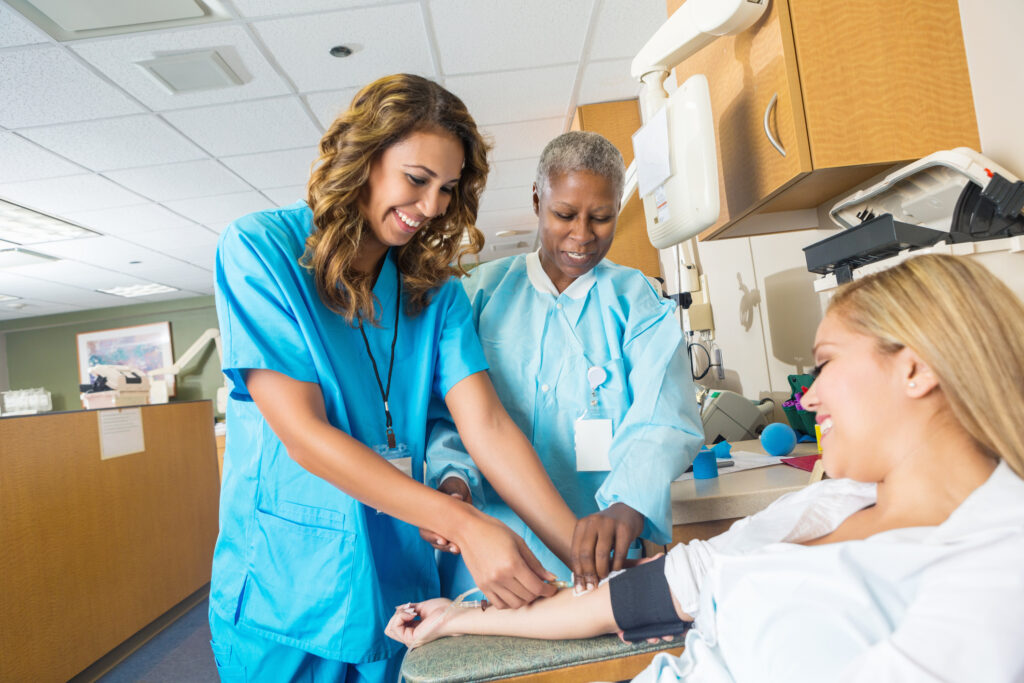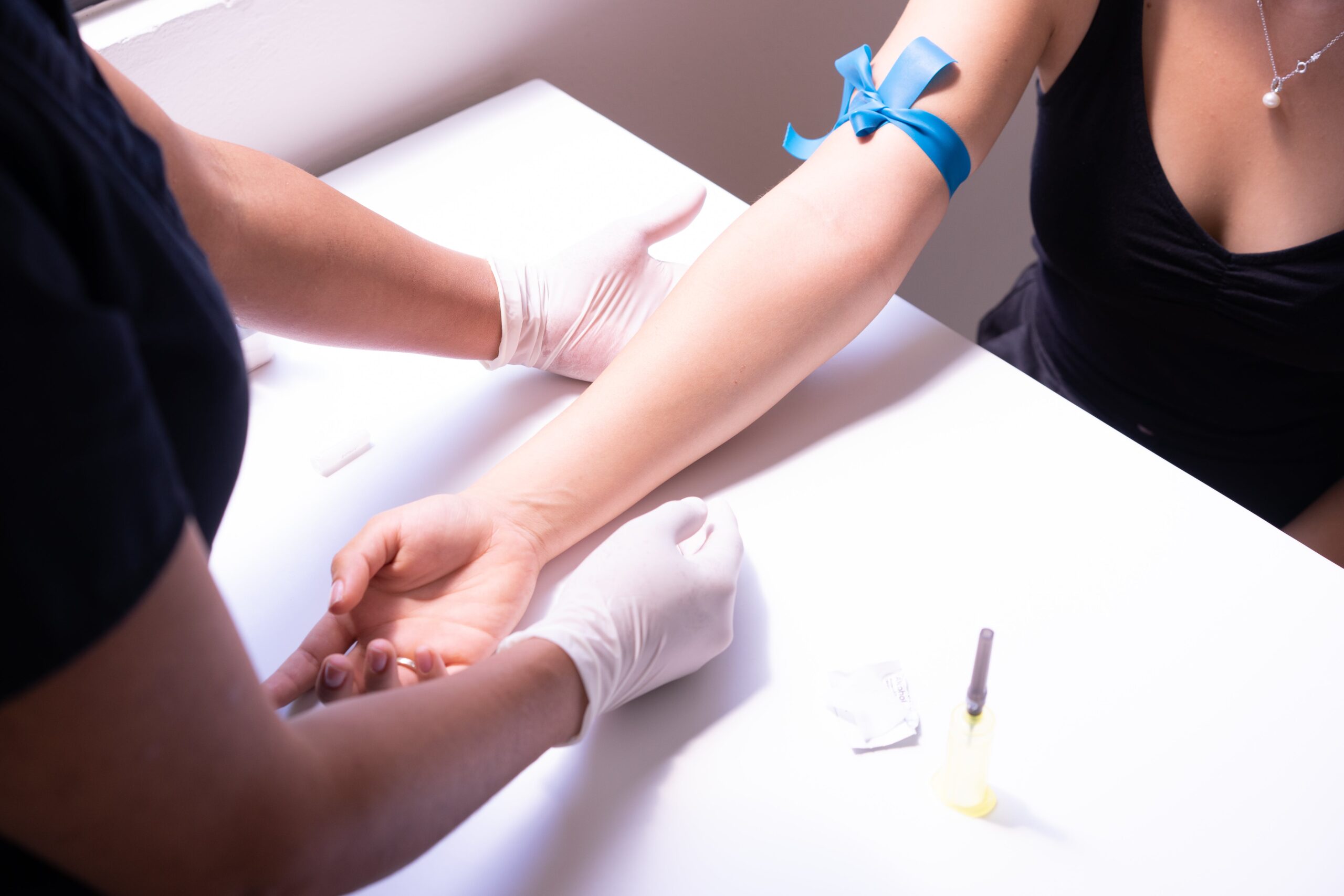Northeast Medical Institute - New Haven Campus Phlebotomy Course & Cna Class Fundamentals Explained
Table of ContentsNortheast Medical Institute - New Haven Campus Phlebotomy Course & Cna Class for DummiesThe Northeast Medical Institute - New Haven Campus Phlebotomy Course & Cna Class DiariesNot known Incorrect Statements About Northeast Medical Institute - New Haven Campus Phlebotomy Course & Cna Class Northeast Medical Institute - New Haven Campus Phlebotomy Course & Cna Class - An OverviewNortheast Medical Institute - New Haven Campus Phlebotomy Course & Cna Class - TruthsThe 9-Minute Rule for Northeast Medical Institute - New Haven Campus Phlebotomy Course & Cna Class
However, the use of such devices need to be gone along with by other infection avoidance and control methods, and training in their usage. Not all safety tools apply to phlebotomy. Before selecting a safety-engineered tool, customers must completely check out offered tools to identify their proper use, compatibility with existing phlebotomy methods, and effectiveness in protecting personnel and clients (12, 33).For settings with low resources, cost is a motoring element in purchase of safety-engineered gadgets. Where safety-engineered devices are not offered, experienced usage of a needle and syringe is acceptable.
One of the essential markers of quality of care in phlebotomy is the involvement and cooperation of the person; this is equally useful to both the health and wellness employee and the individual. Clear information either written or verbal need to be offered to every person that goes through phlebotomy. Annex F provides sample message for clarifying the blood-sampling treatment to a person. labelling); transport conditions; analysis of results for clinical administration. In an outpatient division or center, supply a devoted phlebotomy cubicle containing: a clean surface with two chairs (one for the phlebotomist and the various other for the patient); a hand laundry basin with soap, running water and paper towels; alcohol hand rub. In the blood-sampling room for an outpatient department or facility, provide a comfy reclining sofa with an arm rest.
Northeast Medical Institute - New Haven Campus Phlebotomy Course & Cna Class - An Overview
Guarantee that the signs for blood sampling are plainly defined, either in a composed protocol or in recorded instructions (e.g. in a lab type). Gather all the tools required for the procedure and location it within safe and very easy reach on a tray or trolley, guaranteeing that all the things are plainly visible.
Introduce yourself to the client, and ask the patient to state their complete name. Check that the laboratory type matches the individual's identification (i.e. match the individual's information with the research laboratory form, to ensure accurate identification).
Make the individual comfy in a supine placement (if feasible). Area a tidy paper or towel under the person's arm. Review the examination to be performed (see Annex F) and get spoken consent. The person has a right to decline a test at any moment prior to the blood tasting, so it is necessary to make sure that the person has actually comprehended the procedure.
Not known Details About Northeast Medical Institute - New Haven Campus Phlebotomy Course & Cna Class
Extend the individual's arm and inspect the antecubital fossa or forearm. Situate a capillary of an excellent size that shows up, straight and clear. The representation in Section 2.3, reveals usual positions of the vessels, however numerous variants are feasible. The median cubital blood vessel lies between muscle mass and is normally the most easy to pierce.
DO NOT insert the needle where veins are drawing away, because this boosts the opportunity of a haematoma. The blood vessel ought to show up without applying the tourniquet. Finding the vein will help in figuring out the right size of needle. Apply the tourniquet regarding 45 finger sizes above the venepuncture site and re-examine the vein.
Specimens from main lines carry a risk of contamination or incorrect research laboratory test results. It is acceptable, however not optimal, to attract blood specimens when first introducing an in-dwelling venous tool, prior to connecting the cannula to the intravenous fluids.
The Facts About Northeast Medical Institute - New Haven Campus Phlebotomy Course & Cna Class Revealed
Failure to enable adequate call time enhances the threat of contamination. DO NOT touch the cleaned website; in particular, DO NOT put a finger over the blood vessel to assist the shaft of the subjected needle.
Ask the patient to create a clenched fist so the capillaries are a lot more noticeable. Enter the vein promptly at a 30 degree angle or much less, and proceed to introduce the needle along the vein at the wikipedia reference easiest angle of entry - CNA Training. Once enough blood has been gathered, launch the tourniquet prior to withdrawing the needle
Our Northeast Medical Institute - New Haven Campus Phlebotomy Course & Cna Class Ideas
Take out the needle gently and use mild stress to the website with a clean gauze or completely dry cotton-wool sphere. Ask the patient to hold the gauze or cotton woollen in position, with the arm expanded and elevated. Ask the client NOT to flex the arm, because doing so triggers a haematoma.

Rumored Buzz on Northeast Medical Institute - New Haven Campus Phlebotomy Course & Cna Class
Do not press the syringe bettor due to the fact that additional stress increases the threat of haemolysis. Where feasible, maintain the tubes in a rack and relocate the shelf in the direction of you. Infuse downwards right into the appropriate coloured stopper. DO NOT eliminate the stopper due to the fact that it will certainly launch the vacuum cleaner. If the example tube does not have a rubber stopper, infuse exceptionally gradually right into television as minimizing the pressure and speed utilized to transfer the sampling minimizes the risk of haemolysis.
